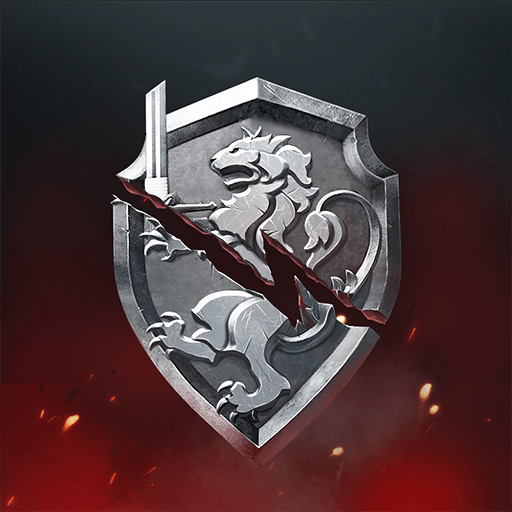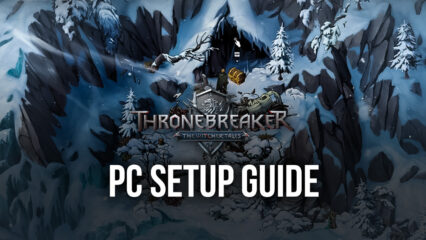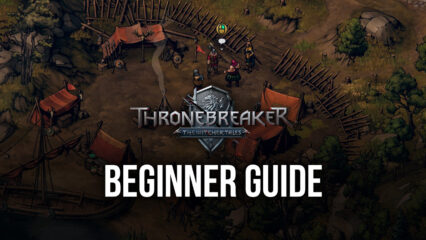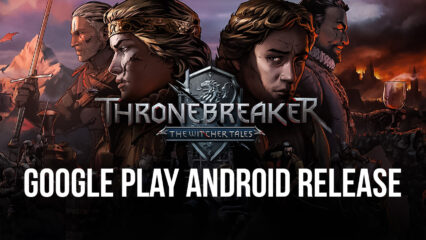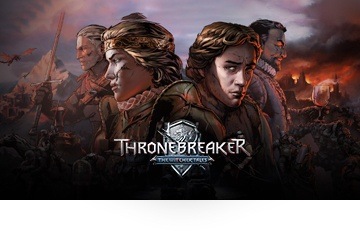The Witcher Tales: Thronebreaker - How to Build Decks and Win Battles
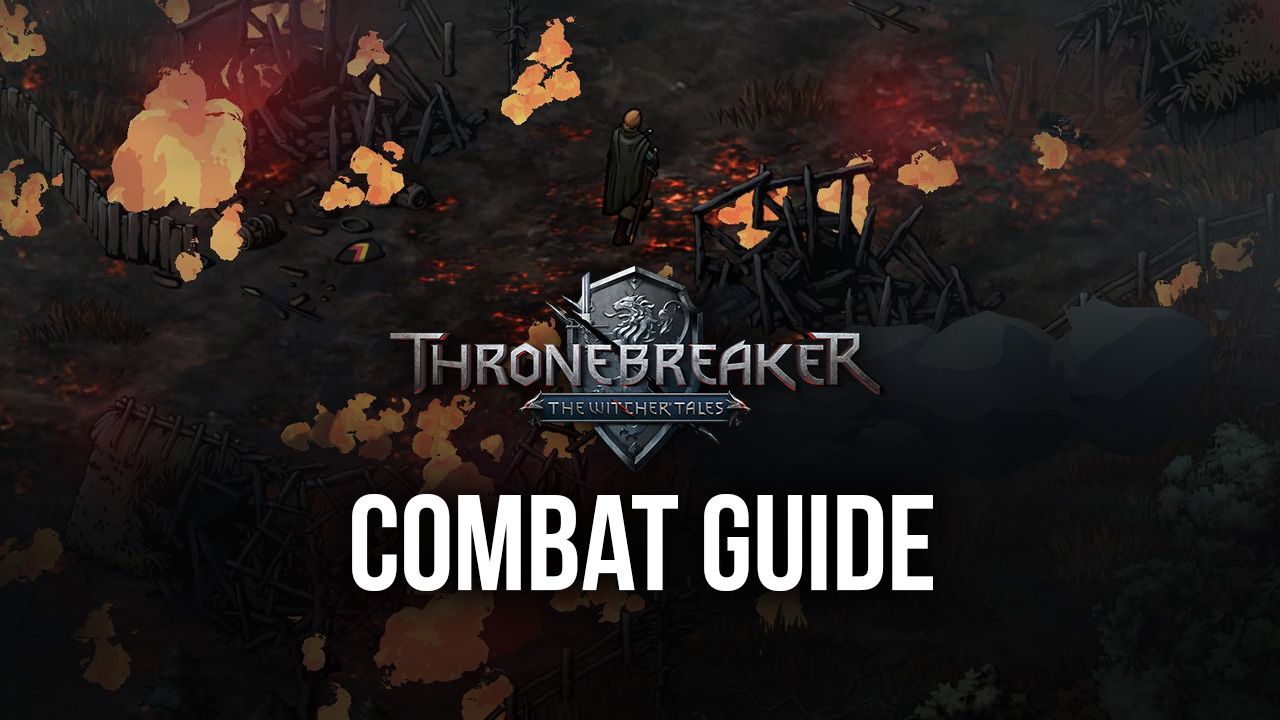
Though the Witcher series of games have made massive strides in the gaming community, winning over a ton of gamers with their innovative and unique RPG elements, strong storytelling aspects, and an overall massive world with tons of lore, there’s one unique thing that the third instalment, Witcher 3, is known for: Gwent.
Gwent is a minigame in Witcher 3 that consists of a simple card game where players draw cards and take turns placing them on the field to accumulate points. The player with the most points at the end of the round is the winner, and the one who wins two rounds is the victor of the match. While the game is quite simple, even in its barebones appearance in W3, Gwent definitely made a huge impression on the fans, mostly due to the wide variety of play styles and deck types.
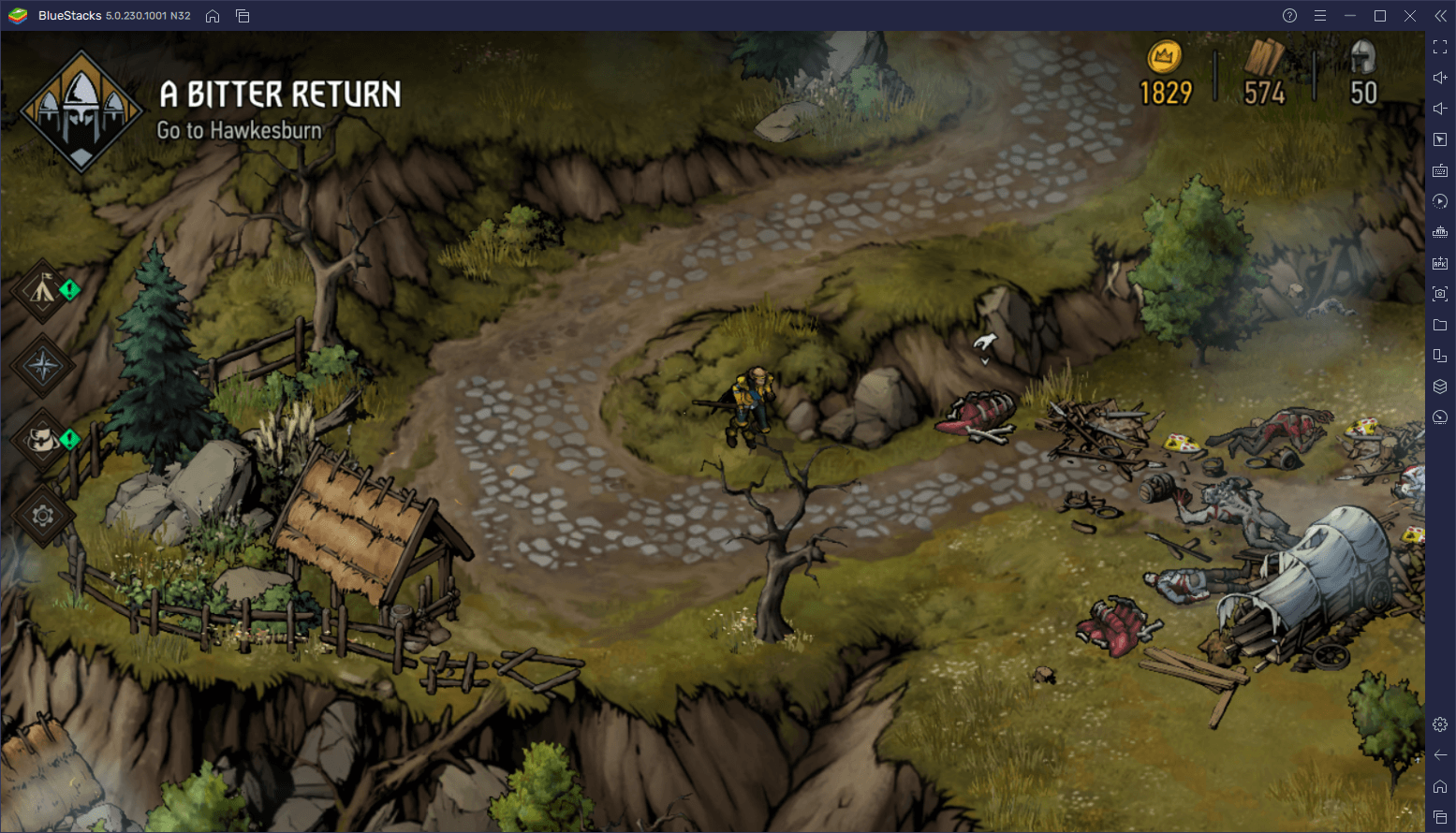
The popularity of the minigame was such that CD Projekt Red, the original game devs, released two spinoffs based on it: The first was simply named “Gwent”, while the second was called The Witcher Tales: Thronebreaker. However, while they were both standalone titles, the gameplay was mostly similar, with both games consisting mainly of Gwent matches, but with expanded mechanics and gameplay elements. The main difference between the two is that, while Gwent is more geared towards online PvP, Thronebreaker is actually a story-driven single-player game with an interesting plot, in which all of the conflicts are represented by Gwent Matches.
If the concept of Gwent and a good storyline with branching paths and meaningful decision-making interests you, then Thronebreaker will be right up your alley. However, in this article, we’ll be teaching you the basics of deck building and battles in this game. If you’re just starting out in Thronebreaker, then this guide is definitely for you.
Play on BlueStacks to Get the Best Experience
Before starting with the guide proper, however, we wanted to make an aside to say that The Witcher Tales: Thronebreaker is a game with breathtaking presentation. Everything from the hand-drawn backgrounds and character models, to the battle animations and fully-voiced dialog, screams quality. However, the best way to appreciate everything that this game has to offer is on your PC, with your large monitor, and the best possible graphical quality, something that is somewhat lost if you’re playing the mobile version on your phone.
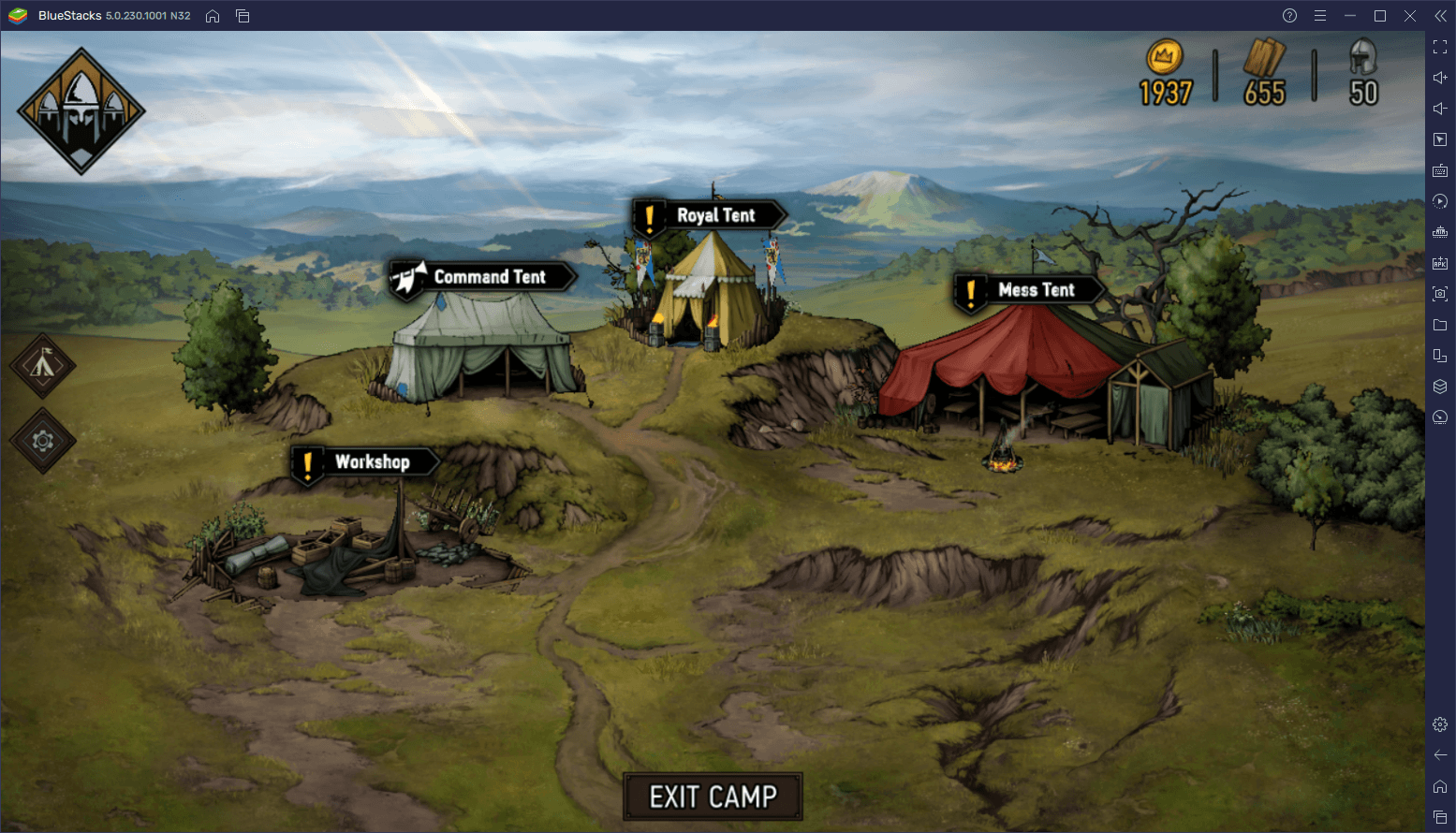
However, one of the good parts of the mobile version of Thronebreaker is that it’s free, unlike its PC and console counterparts. Furthermore, you can play this mobile version easily on your computer with BlueStacks, our Android emulator. Check out our installation guide to learn how you can enjoy Thronebreaker on PC for free, and in just a few simple steps.
Deck Building Basics
Like in Gwent, building your deck in Thronebreaker is simple, as there are only two rules that you must abide by: The first is that your deck must have at least 25 cards to be valid; and the second is that your troop values can’t ever be higher than your available limit. Stronger cards usually have higher troop values, so you need to always strike a balance between powerful cards, fodder, and utilitary cards in order to reach the minimum without overcapping on troop value, AND having a good strategy in your deck.
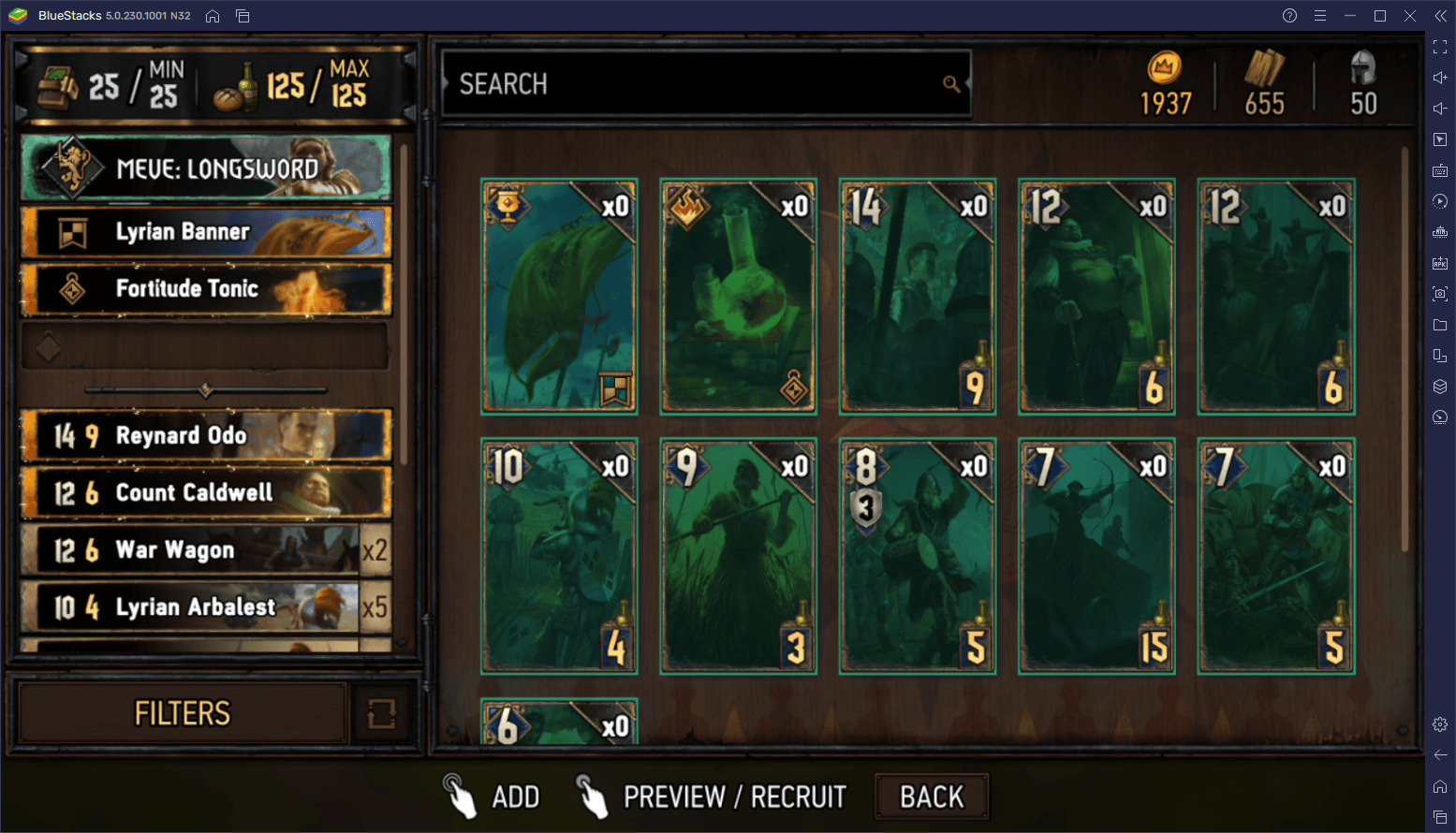
In this sense, while the basic mechanics of building your deck are simplistic, actually getting a competent deck is a whole different matter. Luckily, while Gwent is focused mostly on multiplayer and PvP, Thronebreaker is completely single-player and story-oriented, which means that you can focus on building fun decks without necessarily having to min-max to win.
In order to access your deck, you need to go to the Command Tent in your camp. In this screen, you’ll get an overview of your current deck on the list to the left, as well as the cards that you can currently craft on the right. In order to add or remove cards to and from your deck, you can simply click and drag on the desired cards between the different panels. Furthermore, in order to craft new cards, you must simply click and hold on the desired card, and then click on “Recruit” in the bottom center.
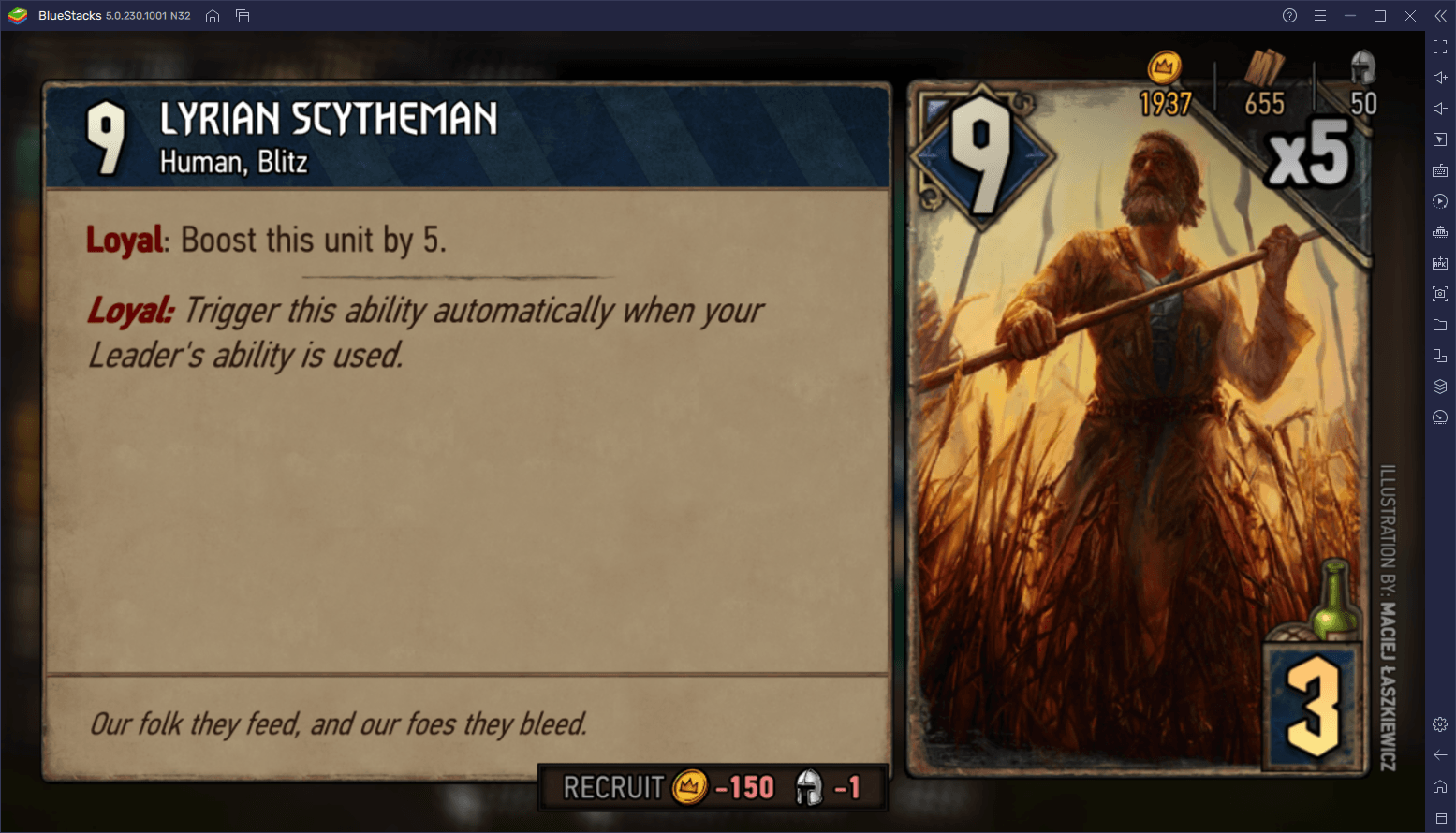
Recruiting new cards costs resources like Crowns, Recruits, and Wood. These resources are limited and can be obtained as spoils after winning battles, as well as by interacting with NPCs and elements of the environment along your travels. Furthermore, some cards will be unavailable for crafting early on, and you’ll unlock them either after upgrading your camp buildings, or after certain parts of the story.
Lastly, your deck can also contain hero cards that often have powerful effects and can turn the tide of battle. Unlike in Gwent where you can obtain and permanently unlock these cards, however, the availability of heroes in Thronebreaker is reliant on the story. As such, Heroes in this game will come and go as the story progresses.
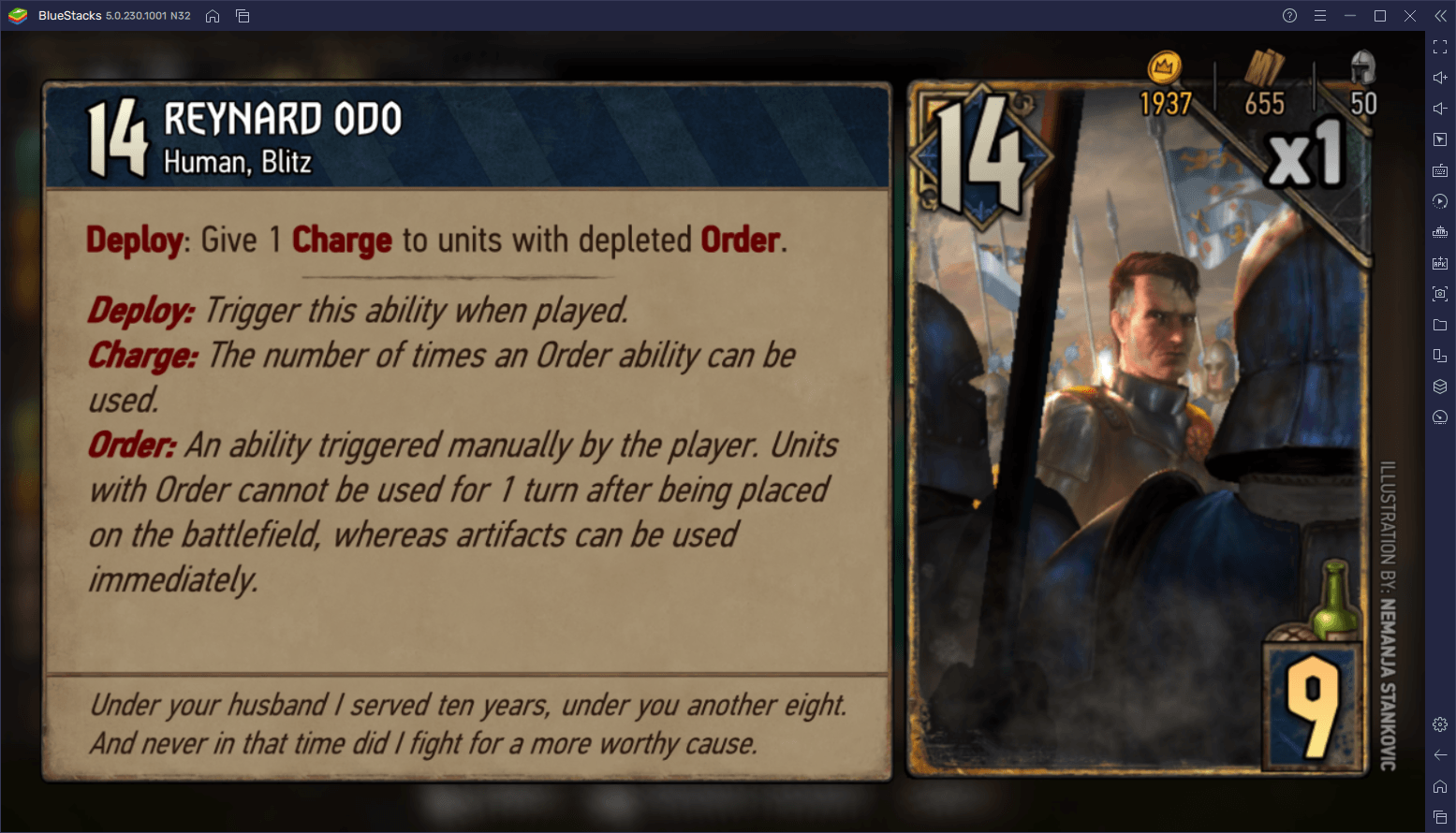
Introduction to Gwent
The combat and conflicts in Thronebreaker, as we mentioned above, are represented by Gwent matches. In this sense, the cards in your deck represent your current army, which you can expand like we explained in the previous section, while the cards in the enemy’s field represent their own units fighting against yours. It’s funny to consider that actual high-stakes battles in Thronebreaker are resolved in fun card matches, but that’s just how things are in this game!
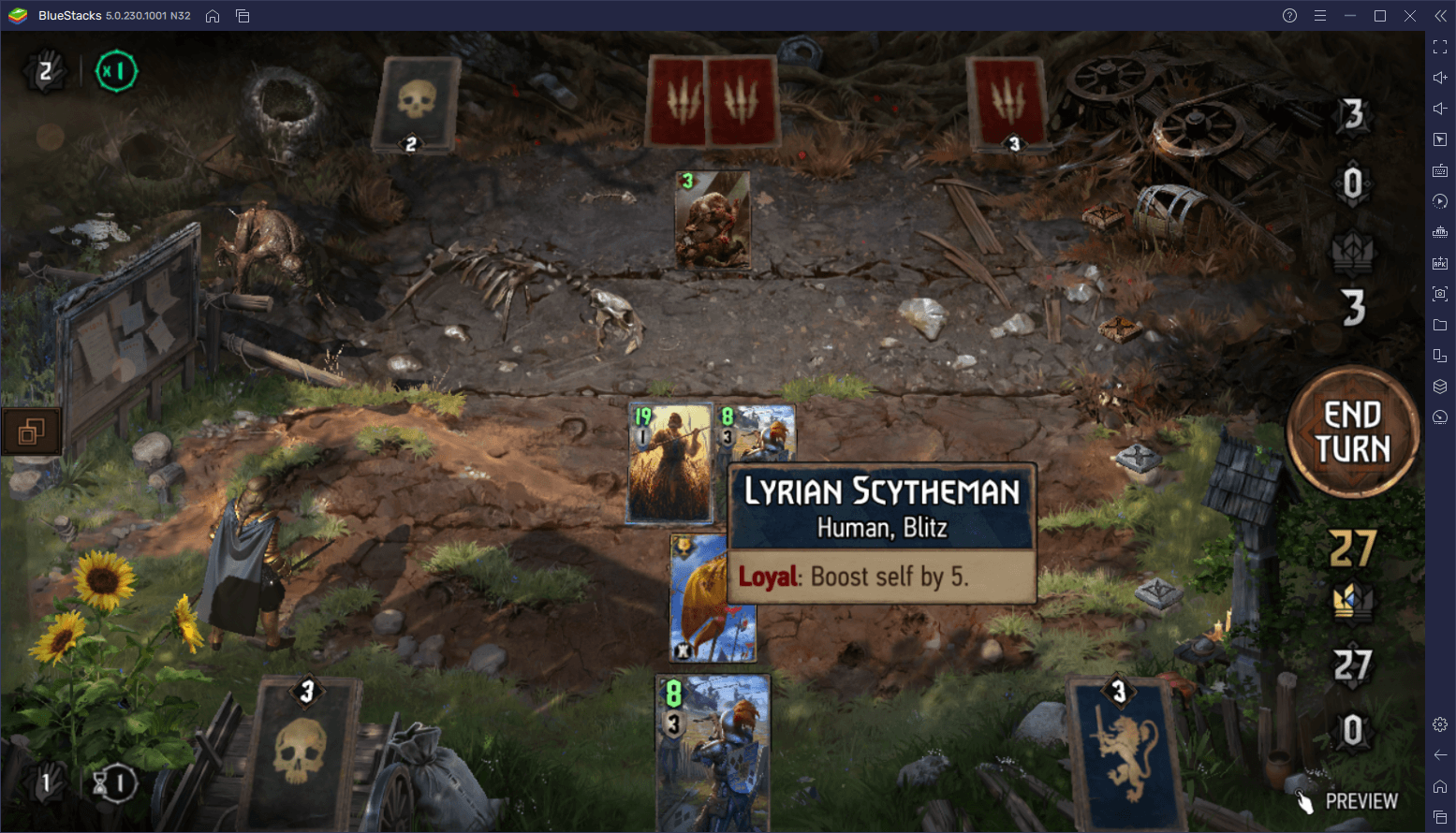
A typical Gwent match consists of three rounds, and the player who wins two of them is the victor. Each round has one simple objective: The players take turns placing units on the field in order to accumulate points, and the one with the most points when the round ends is the winner. However, while most units often have a point value, they also have many different special effects. It’s important to read thoroughly the effects of the card in your decks, as well as the ones placed by your opponent, to know exactly what they do and how to counter them.
Each player can place a single unit card per turn, though they can also use magic and spells in the same turn. Moreover, it’s also possible to use the leader’s special skill in a turn. Some special effects allow cards to boost their strength, or to attack enemy cards, reducing their strength. Whenever the strength of a card reaches 0, they are removed from the field and sent to the graveyard. In this sense, aside from summoning units to accumulate strength and win rounds, players can actively adopt more aggressive strategies that consist of damaging and removing the enemies from the field.
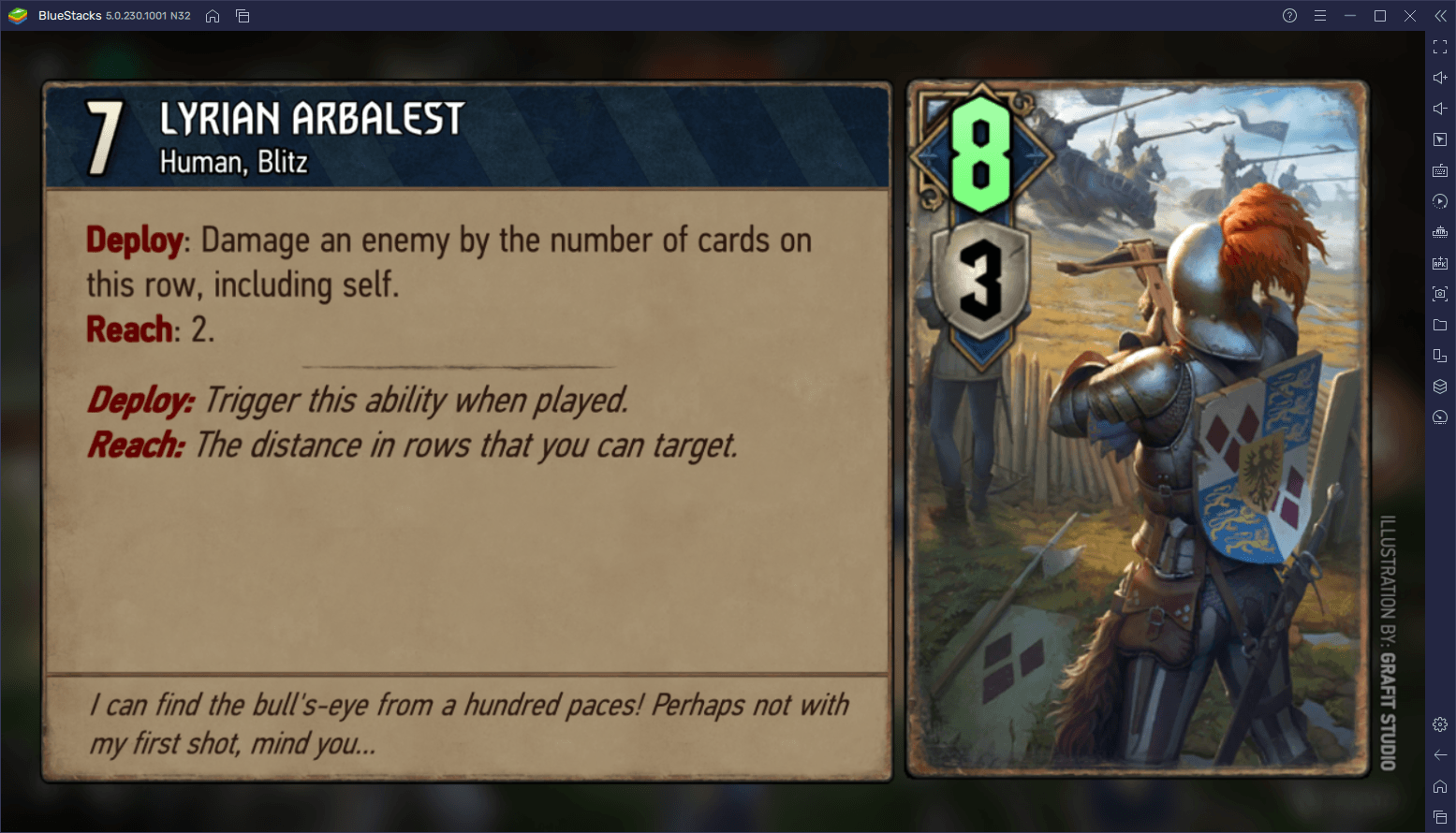
Your approach and play style will vary greatly according to the cards in your deck. And as you modify your roster as you progress through the game, you’ll be able to vary your combat strategies. This will be necessary in some cases in order to counter your opponent’s deck and win battles more easily.
As we mentioned in the beginning, however, Thronebreaker is more than just about enjoying exciting Gwent matches; it’s also about seeing the story unfold and making decisions that will affect the outcome of Queen Meve’s journey.
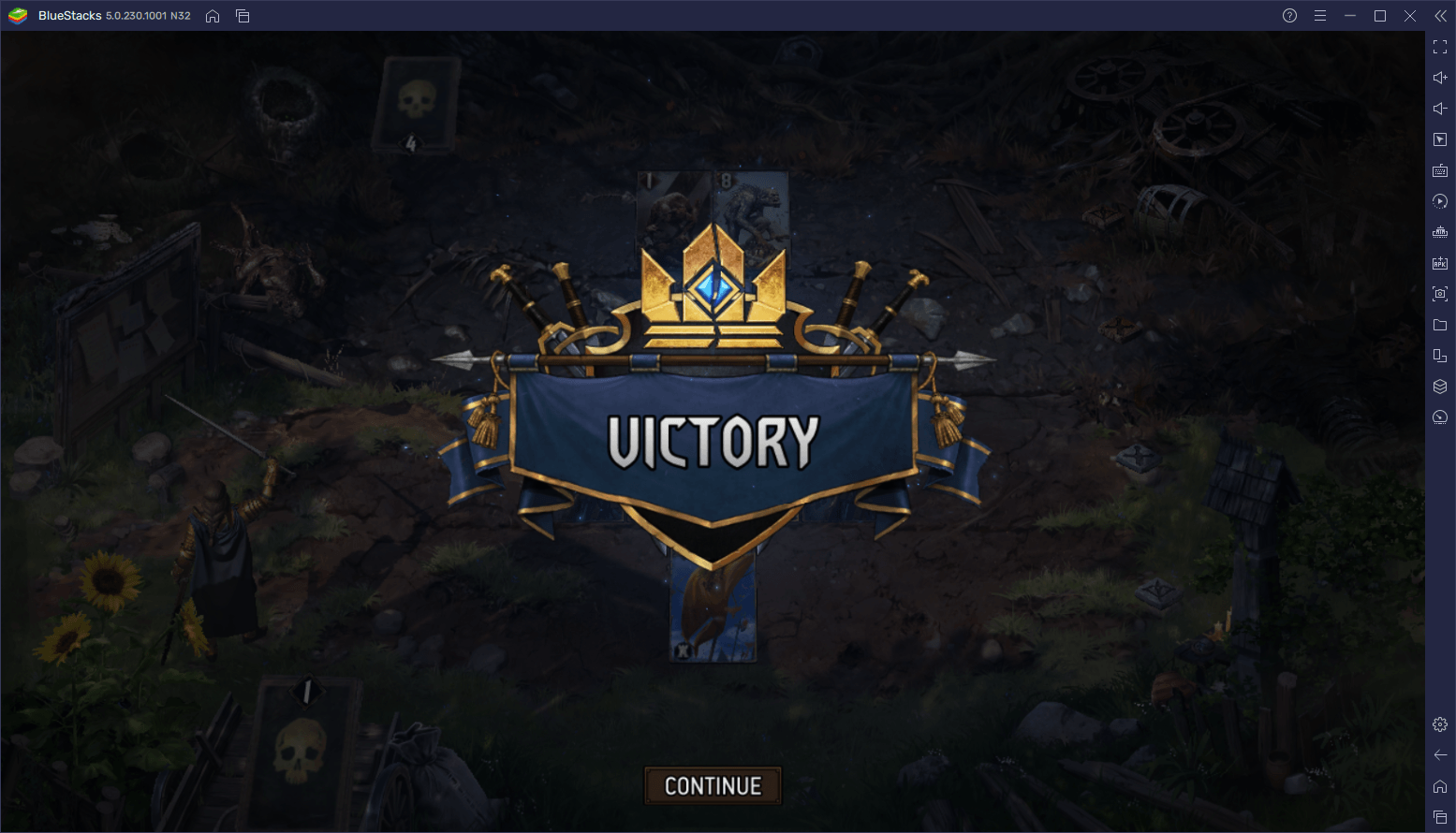
With these introductions, however, you’re now ready to get started in The Witcher Tales: Thronebreaker. If you want more useful info and tips, we suggest checking out our beginner’s guide to learn a bit more about the basic aspects of this game. Feel free to leave your useful comments and tips in the section below to help out your fellow gamers!

